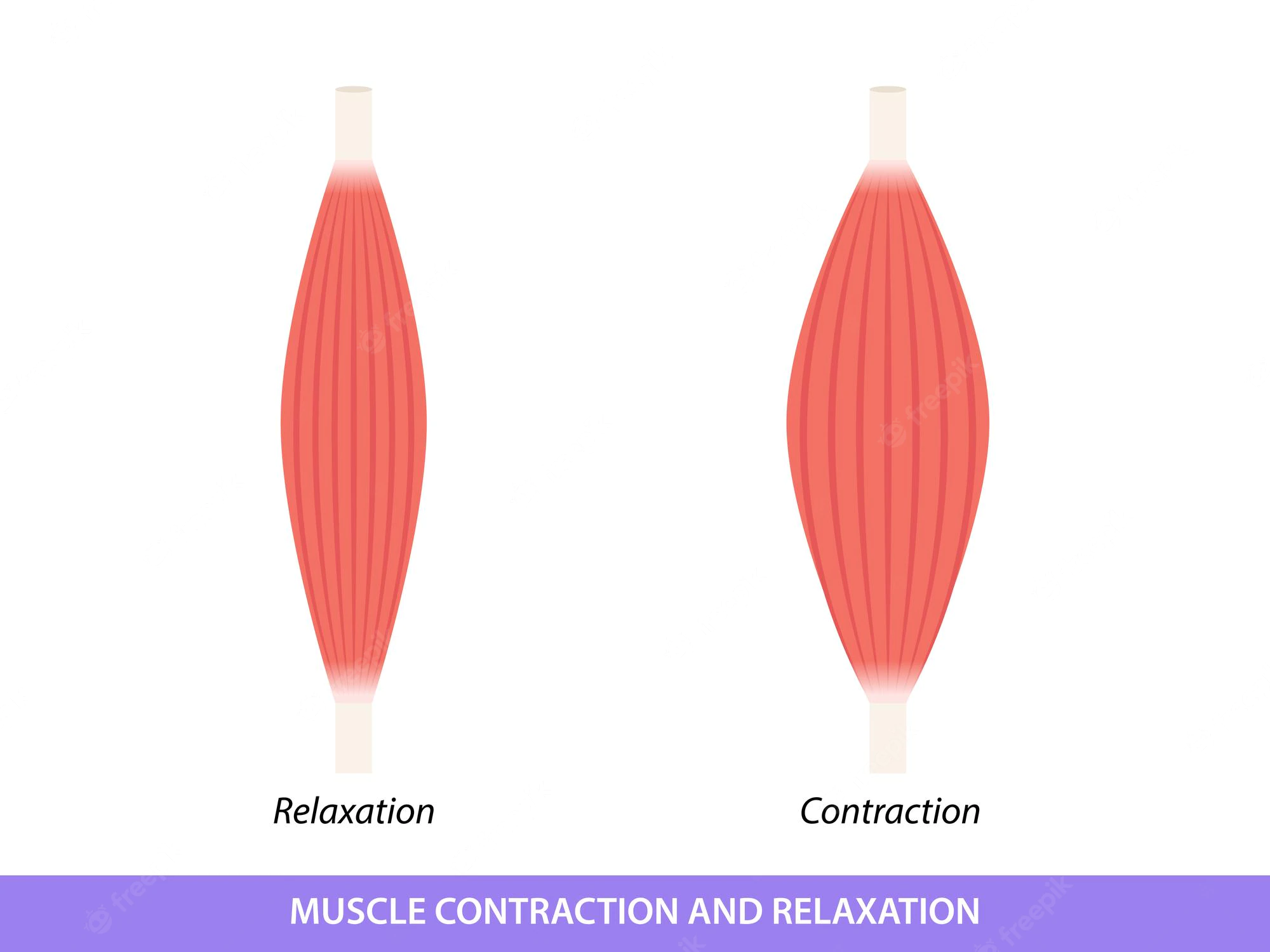1.6 muscle & tendon
Gross skeletal muscle anatomy
All muscle has primary muscle belly - most joins to bone via tendon, may sometimes join directly via Apennine process (which acts as bridge between muscle/bone or muscle/tendon)
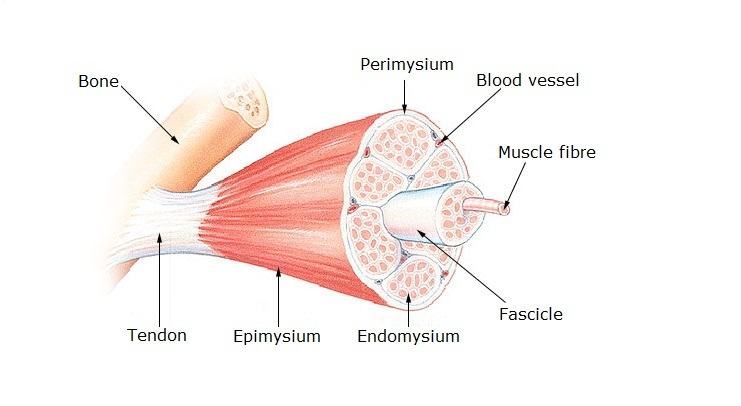
^^tendon → epimysium → endomysium → perimysium → fascicle/sarcolemma → muscle fibre/cell^^
- tendon
- aponeurosis connects the muscle belly to tendon (which joins it all to bone)
- may sometimes skip the tendon & connect straight to bone
- endomysium
- connective tissue surrounding the perimysium
- epimysium
- binds the muscle belly together
- perimysium
- collection of muscle fibres are found within perimysium
- each fascicle is bound by perimysium (membrane)
- muscle fibre
- muscle fibre = muscle cell
- packed with contractile proteins (myofibrils)
- fascicle
- surrounded by membrane (sarcolemma)
- each muscle belly is comprised of fascicles
microstructure of skeletal muscle
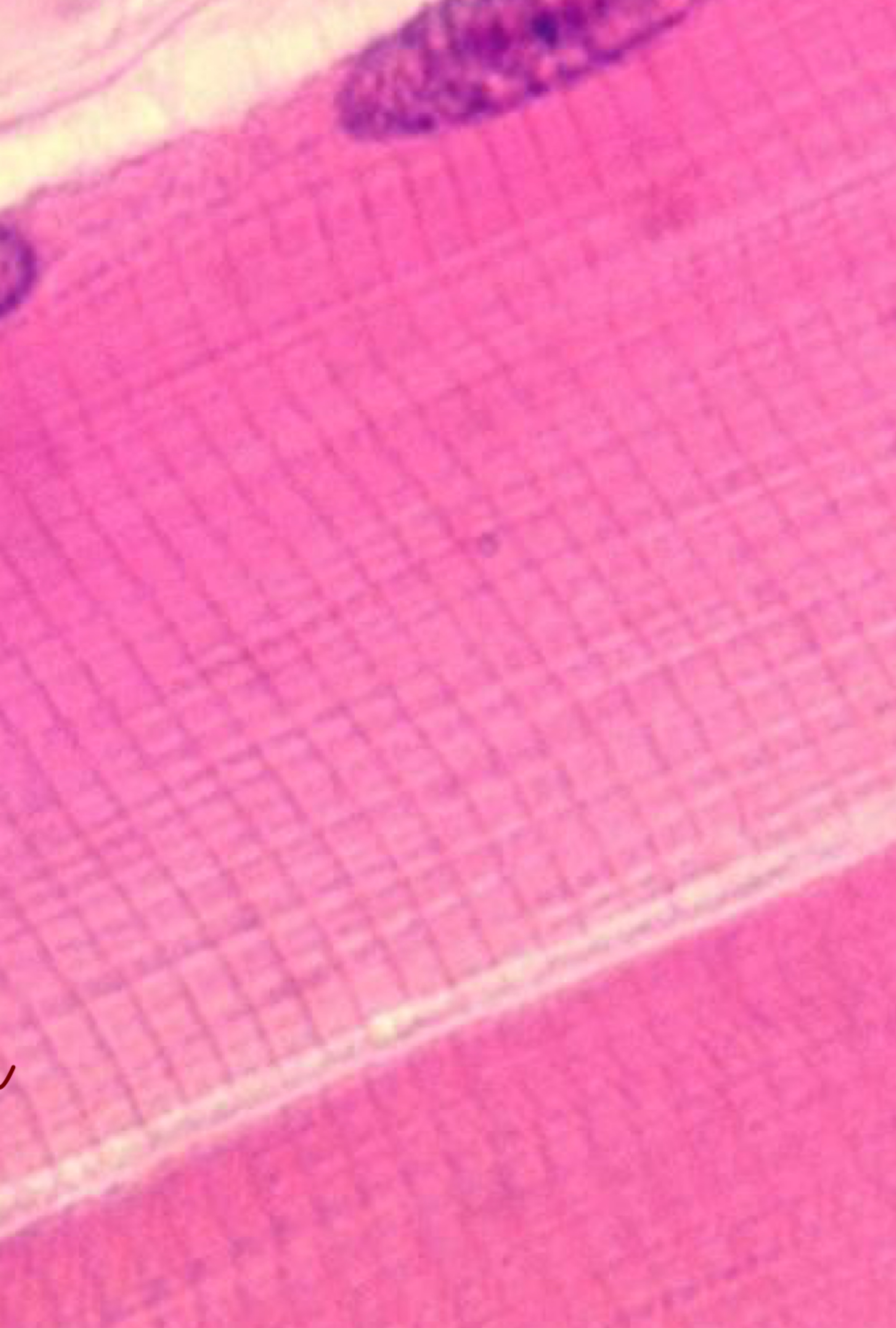
Cardiac muscle
- Striated
- Single central nucleus
- Involuntary
- Irregular arrangement w/ intercalated disks
- Located in heart
Smooth muscle
- No striations
- Single nucleus (nervous signal not required for all contractions within muscle)
- Involuntary
- Longer contractions
- Located in e.g. walls of uterus, oesophagus, bronchi, arteries
Roles of muscle
- Continence
- Mastication
- Swallowing
- Digestion
- Birthing
- Vaso-dilation/constriction
- Bronchodilation/constriction
- Pupil dilation/constriction
- Maintaining cardiac rhythm
- Joint movement
- Prevent joint movement (joint stabilisation)
- Postural control
- Generating heat (shivering)
tendons during locomotion
Muscle = proximal
Tendon = distal
Most muscles associated w/ some kind of tendon
Proximal tendons tend to be shorter & fatter
Distal tendons tend to be longer
- having longer tendons means you can have shorter muscle fibres (long tendons are usually coupled w/ pennate muscles)
- short muscle fibres don’t shorten (contract very much) - reducing energy cost of developing muscle force
tendon structure:
hierarchy: fascicles → sub-fascicle → collagen fibre → collagen fibrils
tenocytes → formation & turnover of the ECM
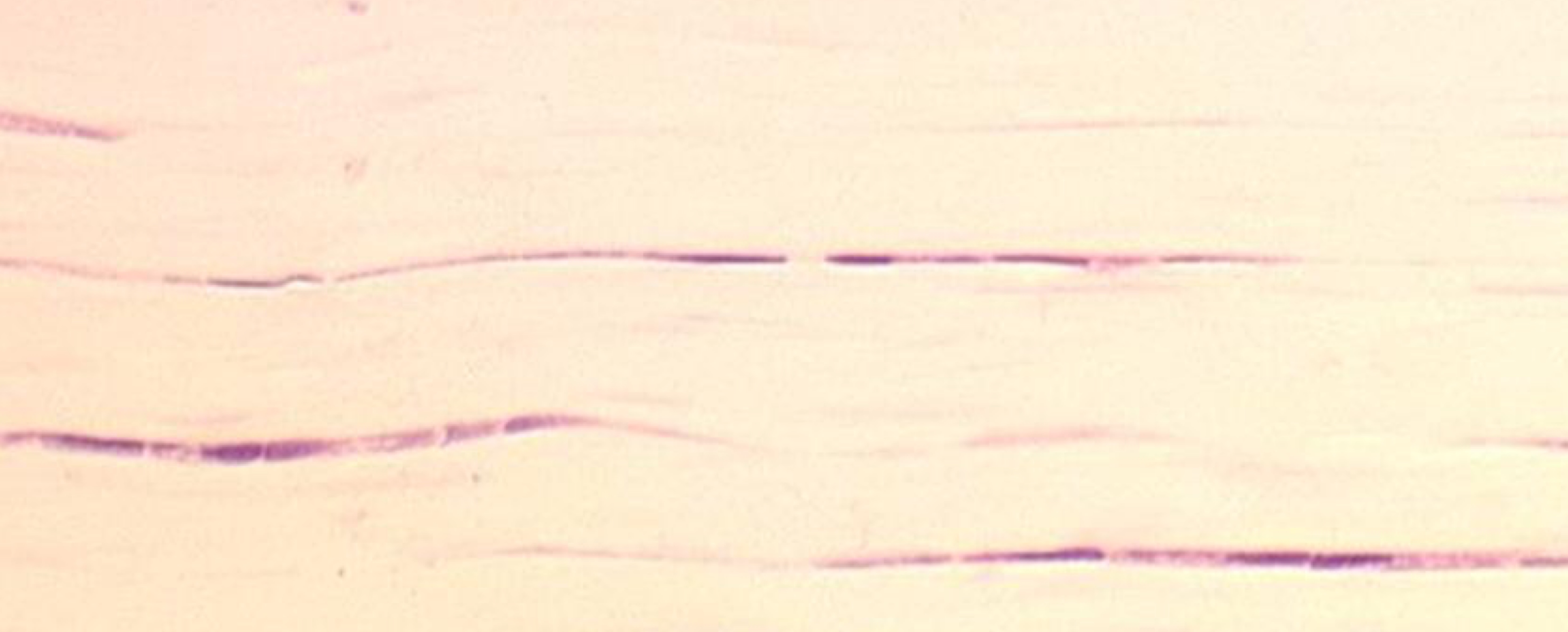
Roles of tendons:
- Minimising distal limb mass (e.g. horse)
- Joins muscle to bone (transmits muscle force to skeleton)
- Elastic energy storage
- legs behave like pogo sticks, tendons act to store & release elastic potential energy (animals with long tendons are more economical)
- Act to store & release elastic energy, thus reducing cost of running at steady speed
- Animals w/ long substantial organs are therefore economical - expend little energy when running
- Energy conservation
- Long tendons = short muscle fibres
- Tendons can stretch/shorten ~10% during galloping
- Short muscle fibres don’t shorten (contract) v much, reducing energy cost of developing muscle force
- Some muscles have v short muscle fibres so they look vestigial - interosseus; SDF & DDF in horse
- Power amplification
- Muscles shorten to perform work - doing this quickly = power
- muscles generate power, tendons store power as they stretch
- POWER = RATE OF DOING WORK
- Stretched tendons recoil faster than muscle shortens = more power
- Only small amount of work done but in shorter time, so output is higher
- E.g. horses require >2000W power to swing legs quickly during fast gallop, 50kg muscle needed for active protraction
Muscle design
- Size, shape (long/thin vs short/fat), number of bellies (biceps/triceps), tendinous origins or insertions, architecture
- Architecture - arrangement of muscle fibres (relative to axis of force generation)
- Encompasses - muscle volume, muscle moment arms, tendons
- Muscle function - in terms of force, work & power
- Force - push/pull on an object w. mass, causing it to change velocity
- Work = force x distance
- Power = Δwork/Δtime (rate of performing work)
Muscle fibre arrangement
Pennate muscles
Short fibres at angle to internal tendon/aponeurosis
Increases muscle physiological cross sectional area (PCSA) - muscle force is proportional to this
Shorter fibres = shorter distance to contract = economical
packs more muscle in smaller area
shorter contraction distance → less energy used to generate same movement
E.g. serratus ventralis (attaches scapula to ribcage → synsarcosis)
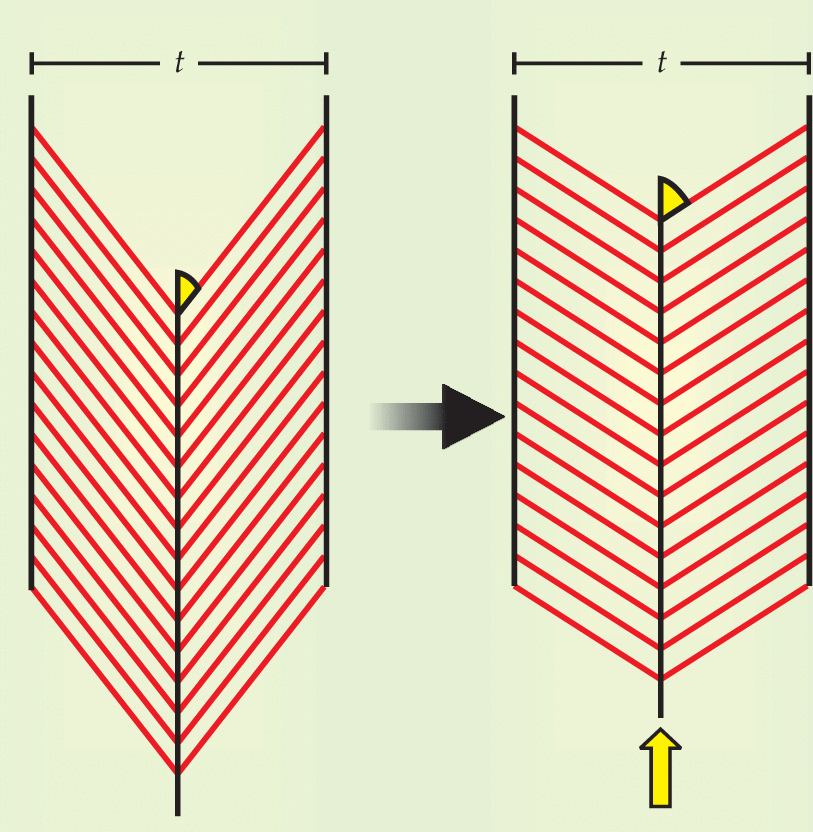
Parallel muscles
Fibres run in parallel to line of pull of muscle
found where where a limb needs movement
More sarcomeres in series = greater total muscle fibre shortening = more potential for performing muscle work
Work = force x distance
Muscles can move joints through large range of motion
Potential for increased velocity of contraction (since speed = distance/time)
e.g. proximal forelimb or hamstring
